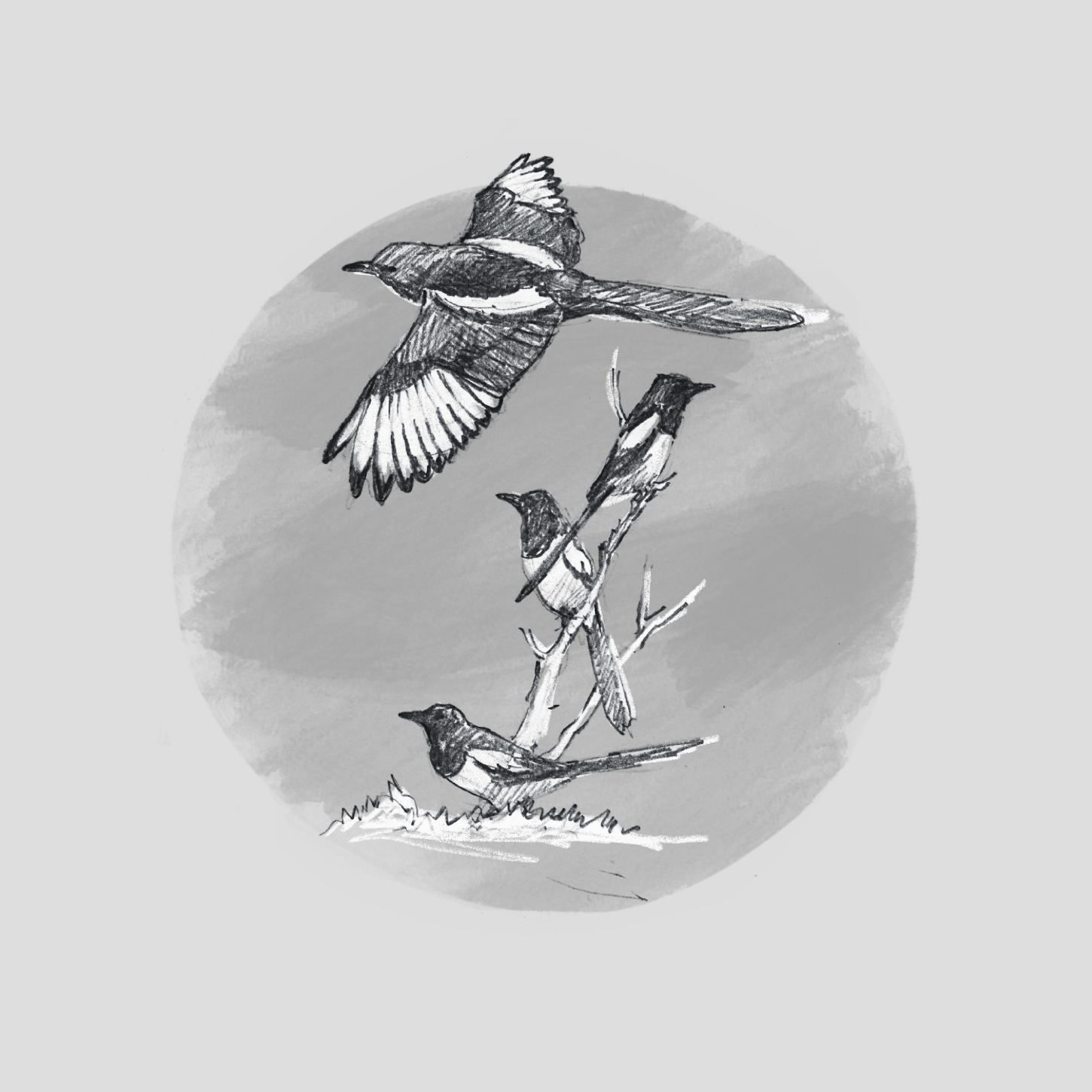RED-BACKED SHRIKE (Lanius collurio) - Pie-grièche écorcheur
Summary
A beautiful looking predatory bird, it mostly takes insects and small reptiles which it gets by diving down from an exposed perch. The commonly heard sound is a sort of sucking scolding noise:
Male Red-backed Shrike © Arlette Berlie
In Switzerland the Red-backed Shrike can be found throughout the country at all altitudes up to about 2000m; but mostly below 1000m and numbers have declined significantly in the past 20 years. Its distribution is very variable, quite common in some places (the valley of the Rhône, and some valleys in the Grisons for example) and rare in others. In the west and in the Jura it is mainly a bird of open country, farmland, rough ground, river margins etc. It is a summer visitor present from early May to the end of September. The grey head and red mantle of the male make it very distinctive, and to add to that it has a habit of sitting in an exposed perch at medium height surveying its surroundings, occasionally pouncing down to catch the insects that make up most of its diet. The male also has a wonderful back mask across the eyes that makes it look rather sinister like a robber ! The female is not as bright, largely brown with a scaly breast pattern.
Shrikes carry a slang name of "butcher bird" since they take prey items opportunistically whether they are ready to eat or not. Specialising on large insects like beetles and grasshoppers, with occasionally a small mouse or young bird. Any food items which are extra to their immediate needs are impaled on a thorn, a sharp branch or even a barbed-wire fence, for eating later - just like an old-fashioned butcher would hang meat on a hook.
It is often most noticeable through the series of rather disagreeably harsh noises that it makes, I will cover those first and come back to song at the end.
A commonly heard advertising call is a sort of sucking scolding noise:
Female © Arlette Berlie
This is an interesting sound that seems simply like a harsh scraping, but if you look at the sonogram you can see that it starts as a harsh broad-band noise but each is then finished with a sort of yelping note and so actually consist of two syllables:
Red-backed Shrike “scold”
(Watch the sonogram then listen back to the recording)
Another frequently heard sound reminds me of the call of a sparrow - a strong chirping noise. Some authors list this as an anxiety call, others as an advertising call, and I tend to favour the latter as it is often made in a loud manner and can continue for a long period of time as though proclaiming territory or advertising for a mate:
Family group © Arlette Berlie
This is much more of an ill-defined structure of a note, but again it is interesting as the base call (the darkest area in the sonogram) seems to be at about 2.5KHz and on the sonogram you can see harmonics both below and above that frequency, I don't often see harmonics at a lower frequency:
That last call could easily be thought of as an alarm call except for the way it is given - loudly and at a static perch. The actual alarm call is a very short very hard "chek", the one which follows I recorded from a bird about 40m away from me that was jumping about in low vegetation in a very agitated manner making this call. I could see the grasses and dry plants below it moving around and I suspect there may have been a Weasel - Belette (Mustela nivalis) running around there (which you can hear at about 30s in this recording):
It is a typical alarm call when seen in the sonogram - a short note with a wide range of frequencies that can warn others but is not easily located by a predator so it does not put the caller in danger:
So the above are the most common sounds that I hear this bird making - not terribly musical you might say ! However they do also have a "proper song" and amazingly several authors point out that it is capable of very effective mimicry - copying the songs of other species. I have heard the true song on only a few rare occasions and have only one recording made from the same individual, it was making its advertising call and would occasionally break out into a jerky little warble before resuming its call - here are two sequences that I have spliced together:
It is quite a nice song actually - contrasting with the harsh sounds I showed you earlier. I do not recognise any mimicry in these recordings (please tell me if you do!), but since they spend 6 months of the year in Africa I suppose that they could also learn African species and incorporate them - here is a sonogram of just the two song phrases:
Red-backed Shrike song
Red-backed Shrike studies © Frank Jarvis






